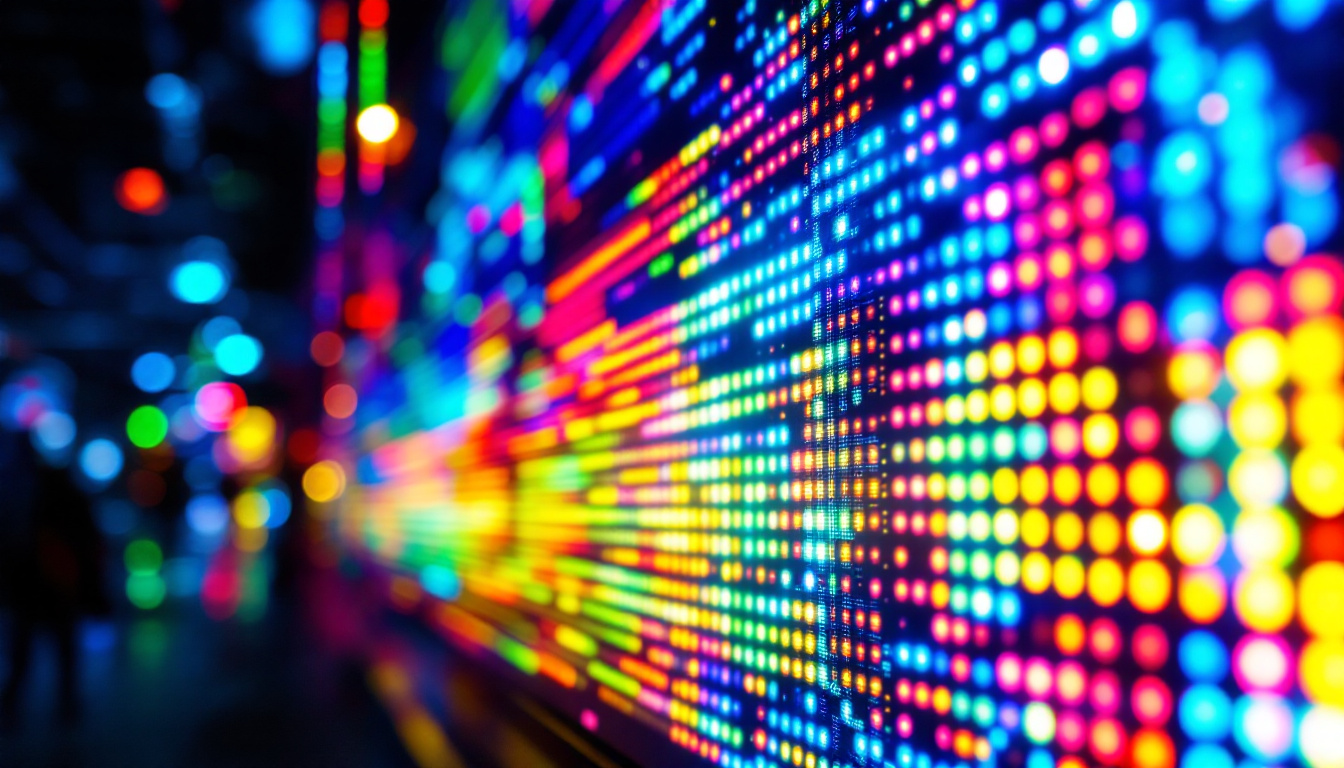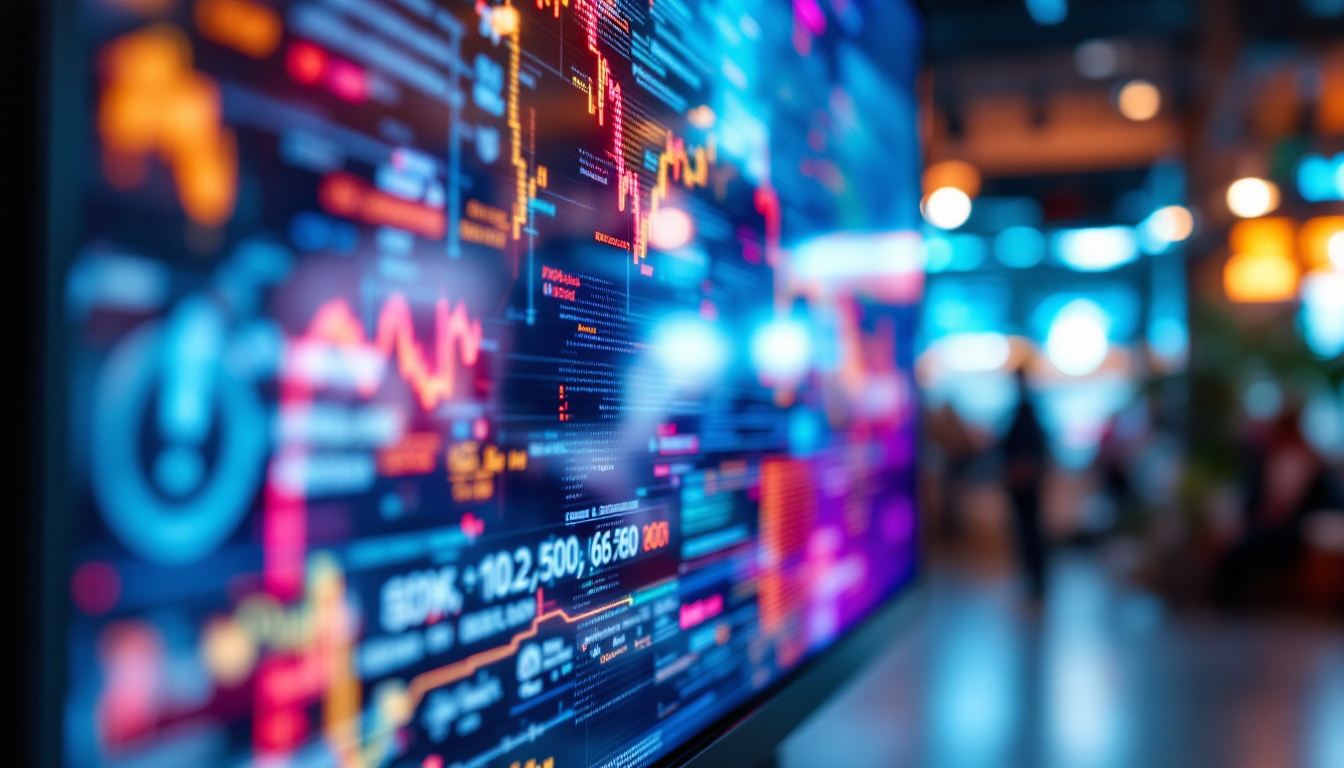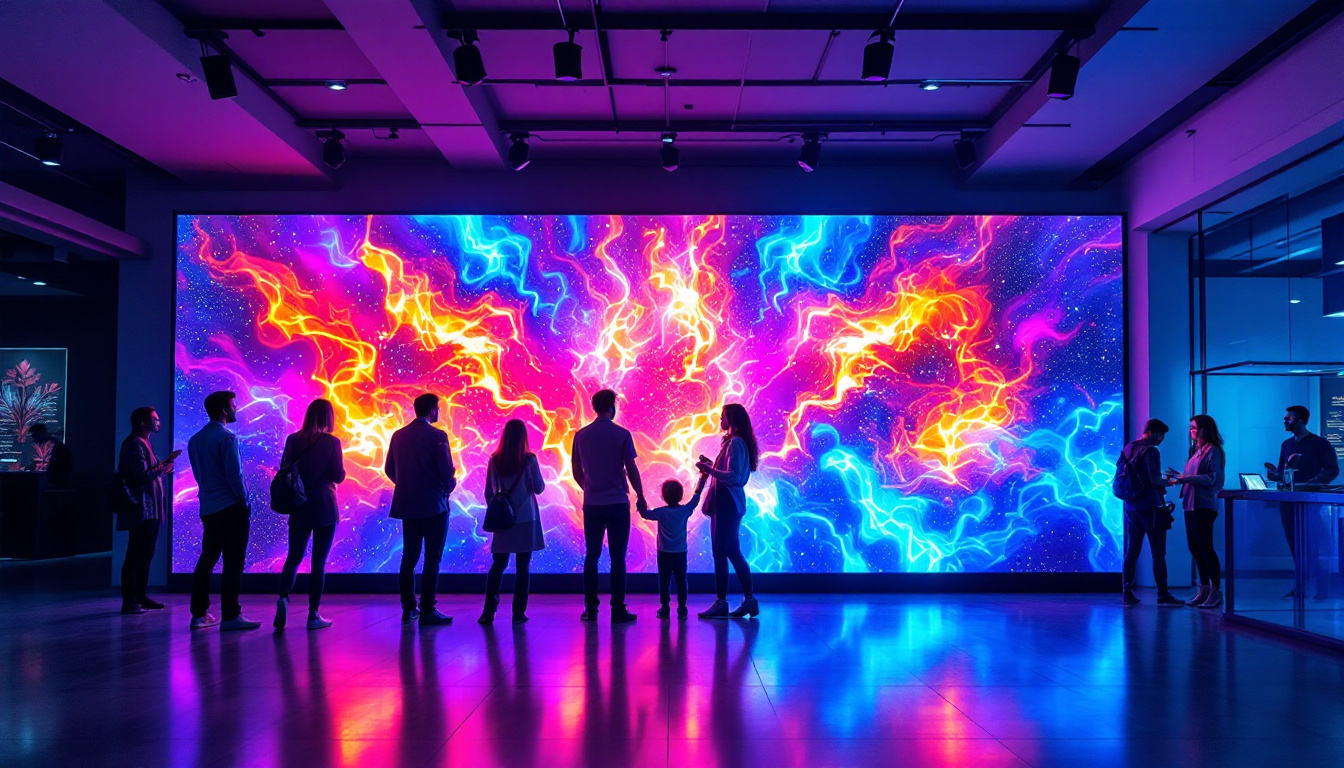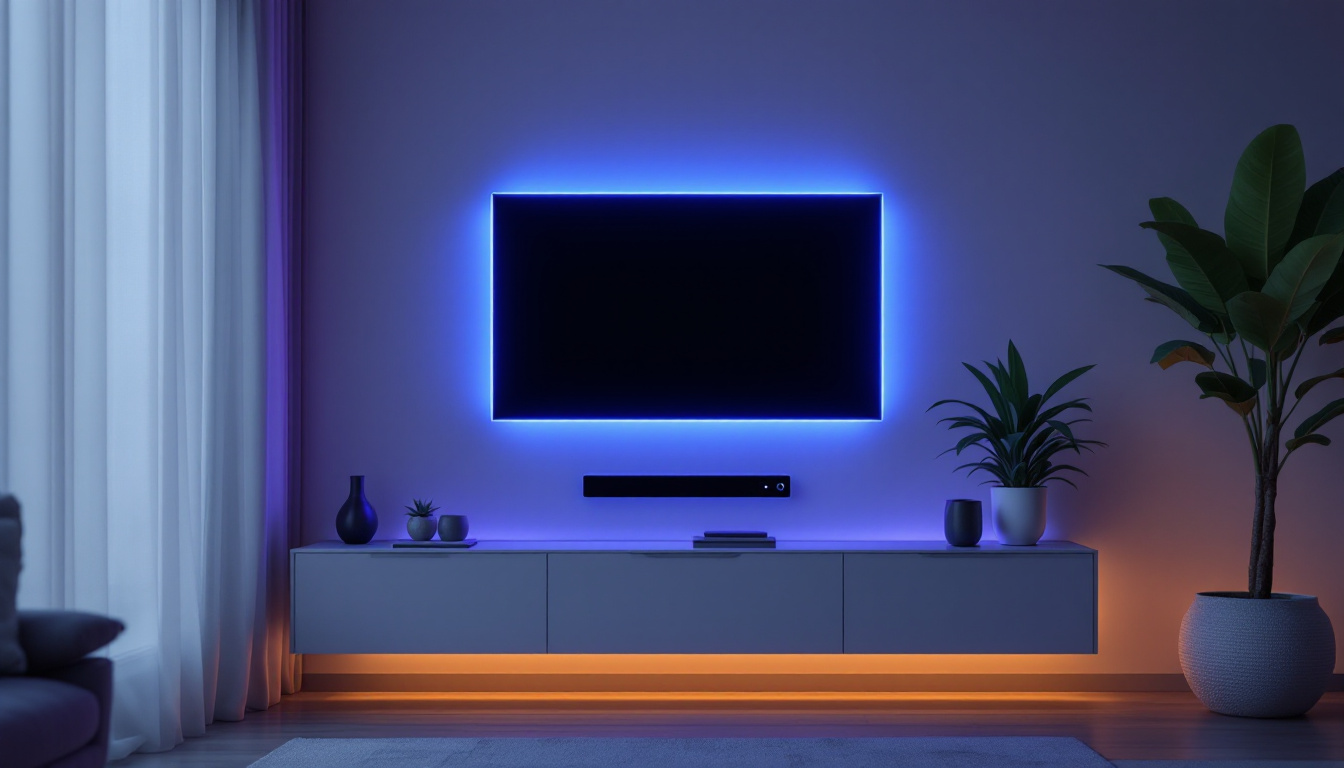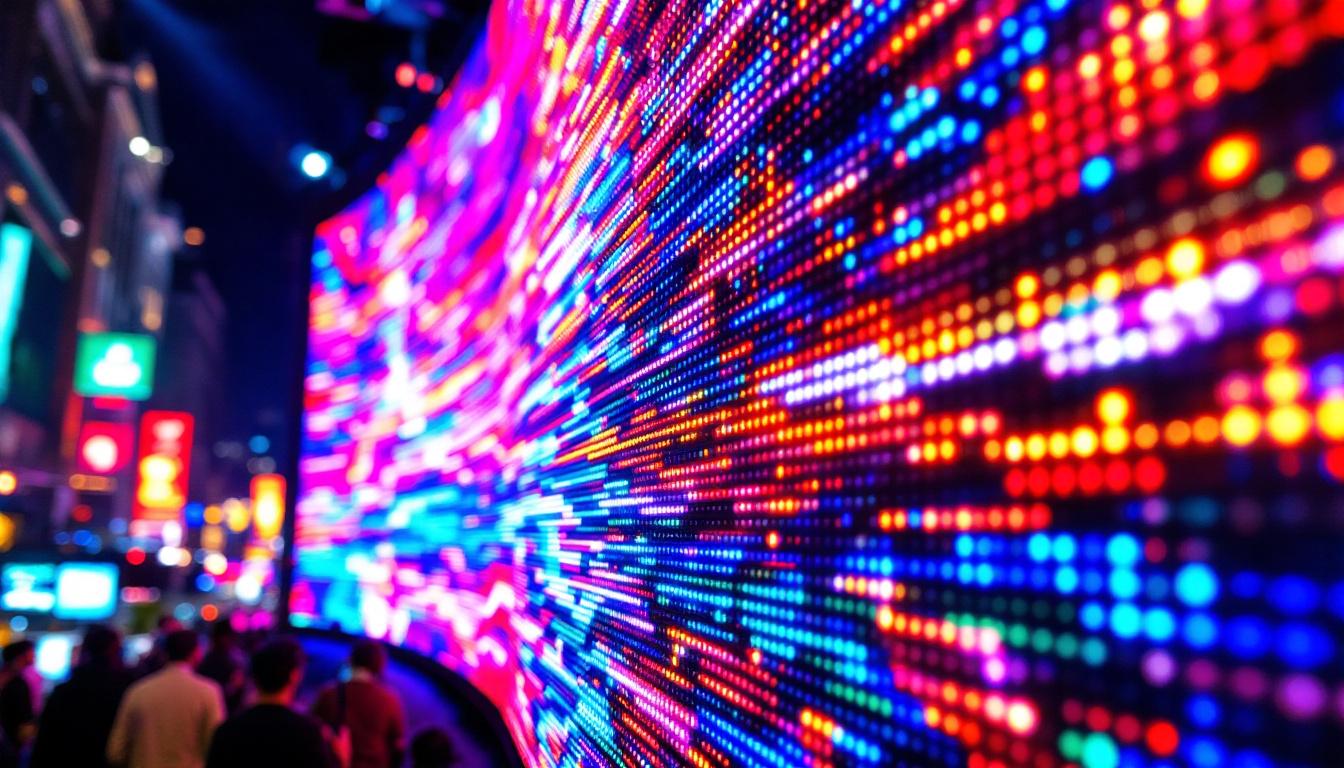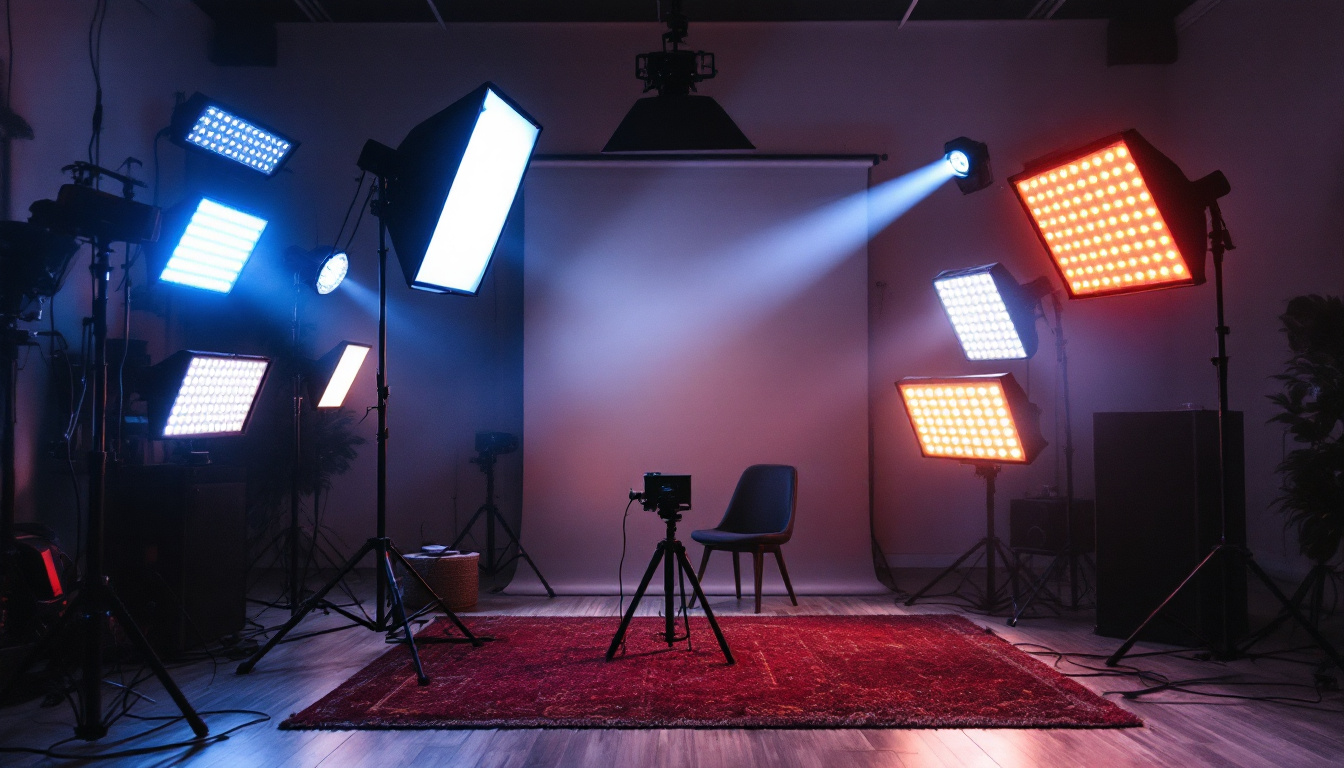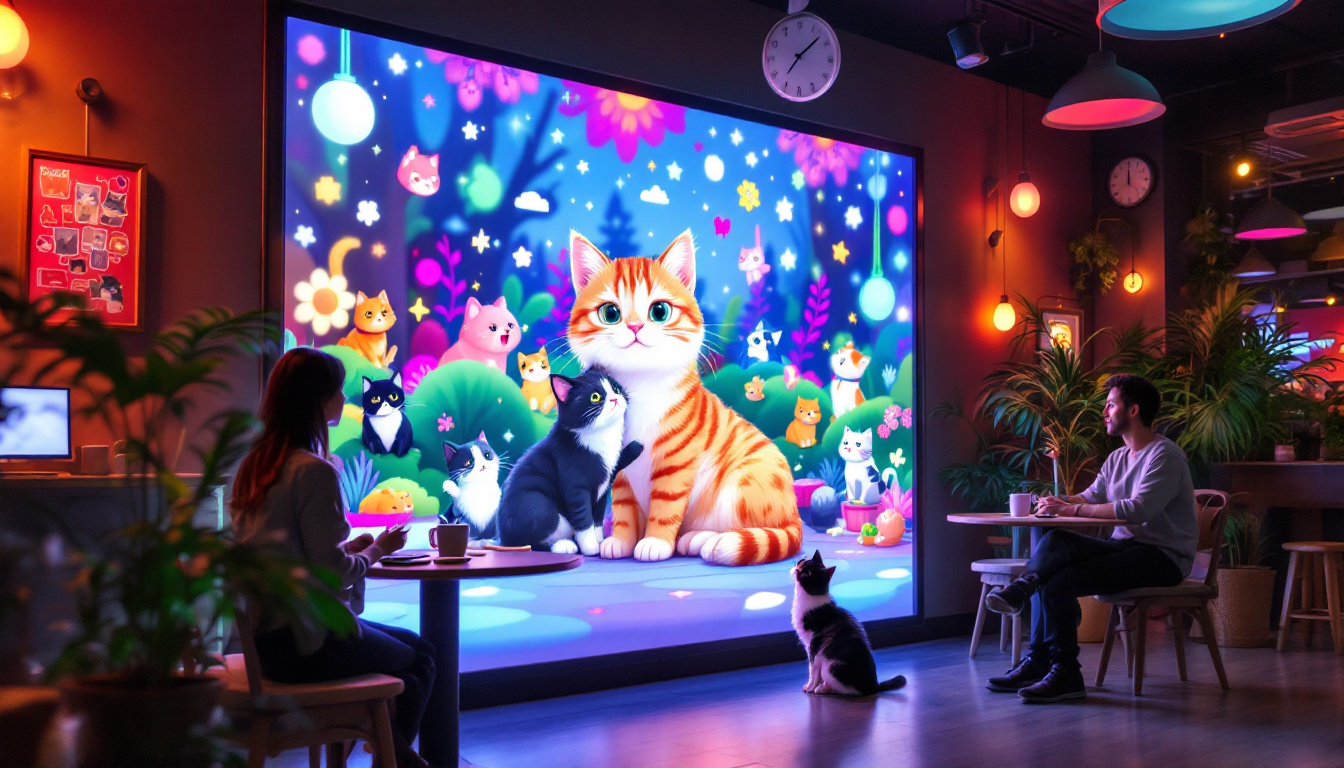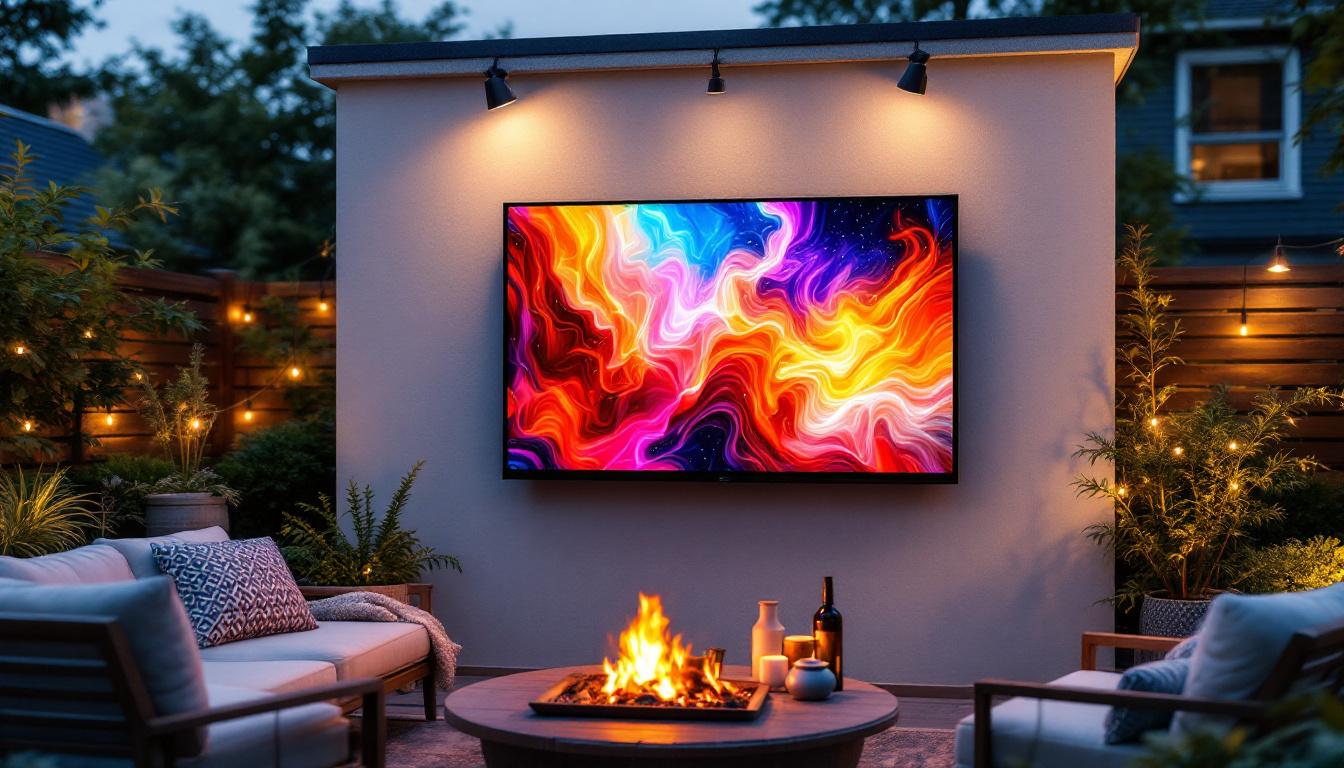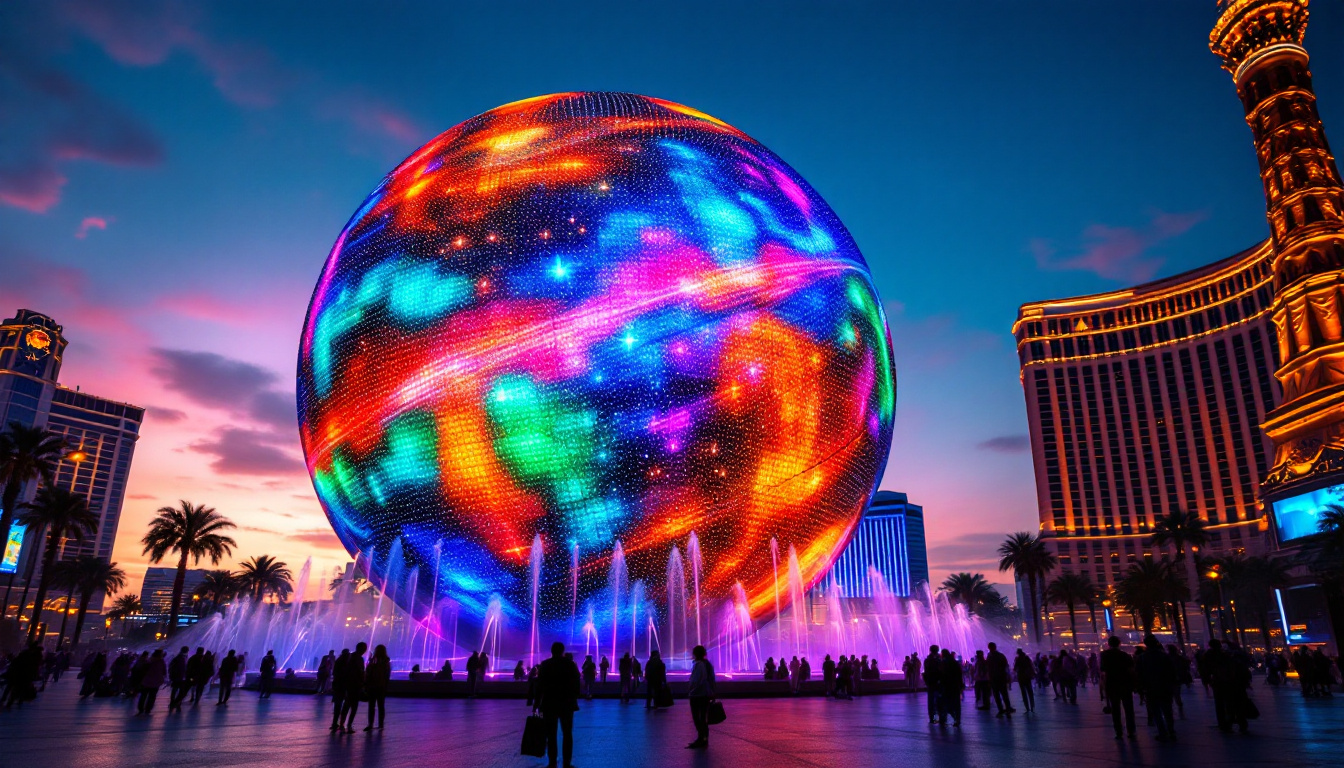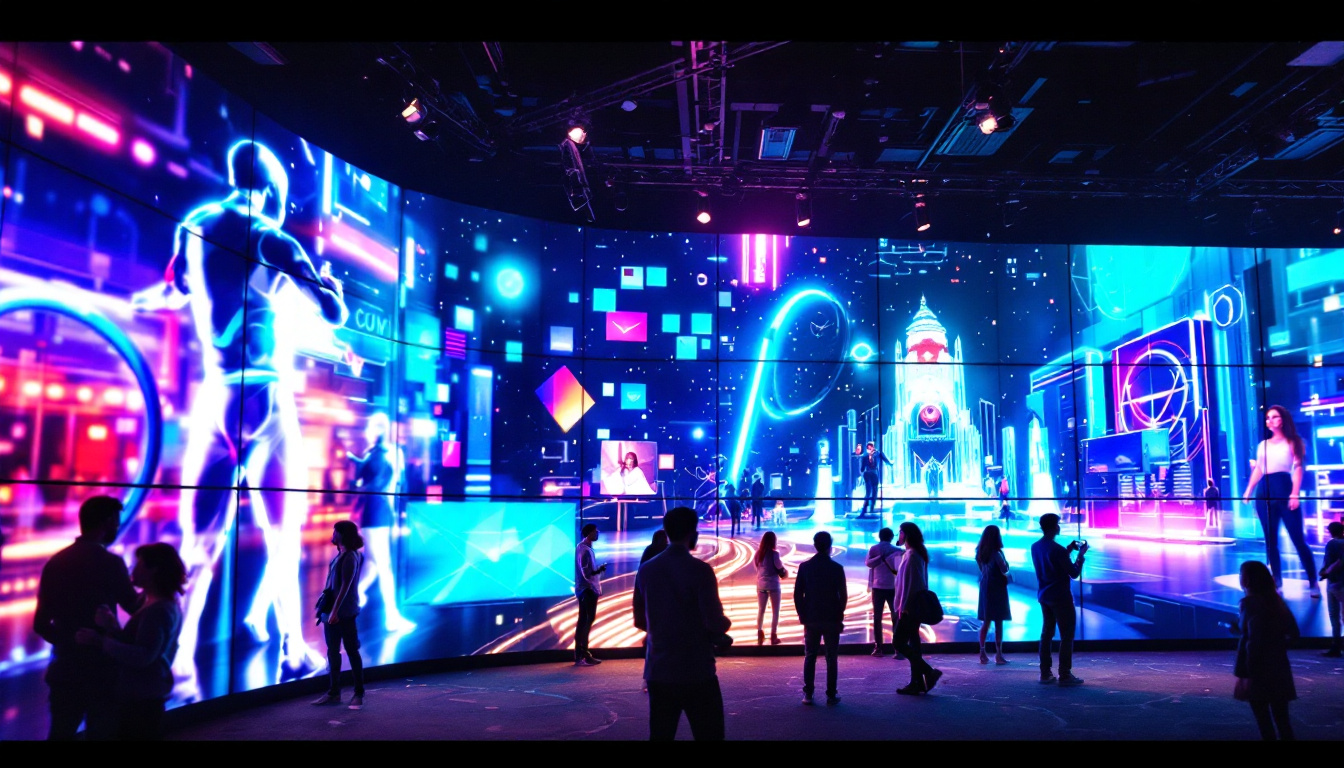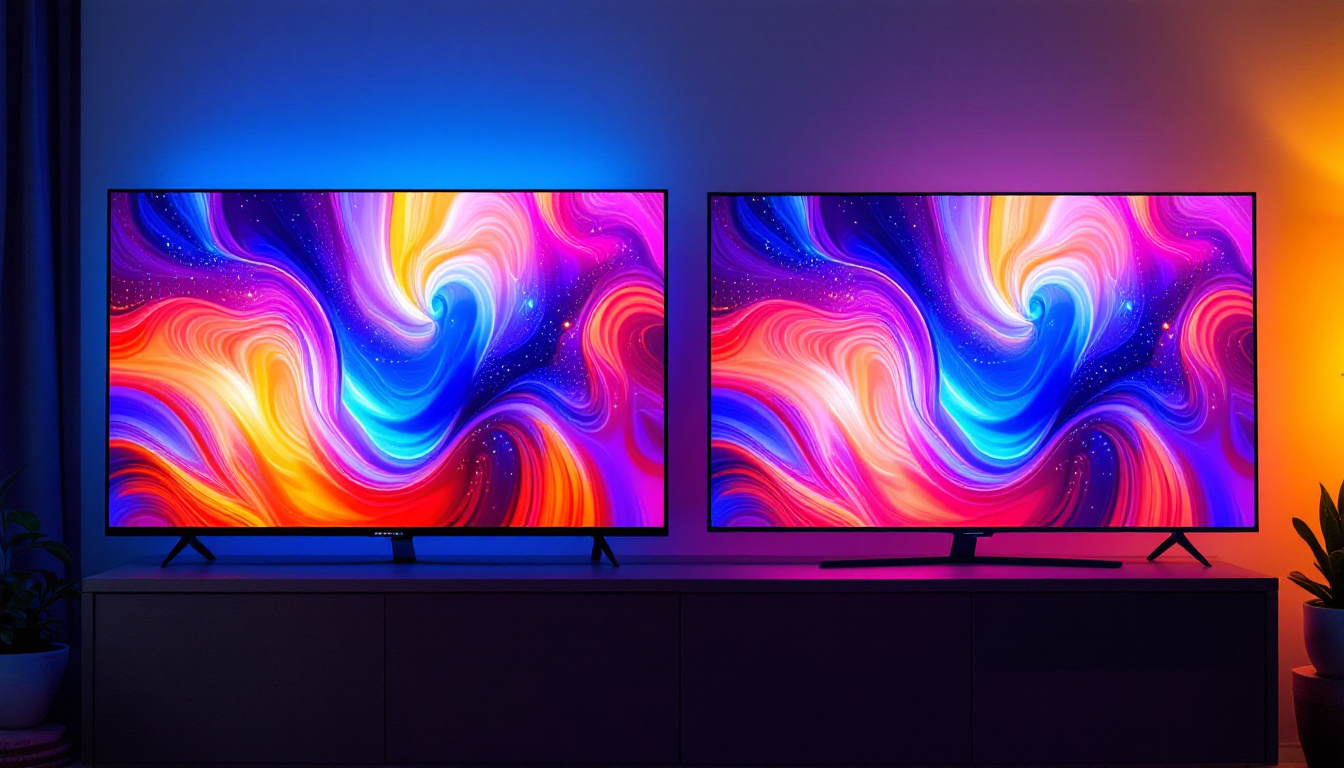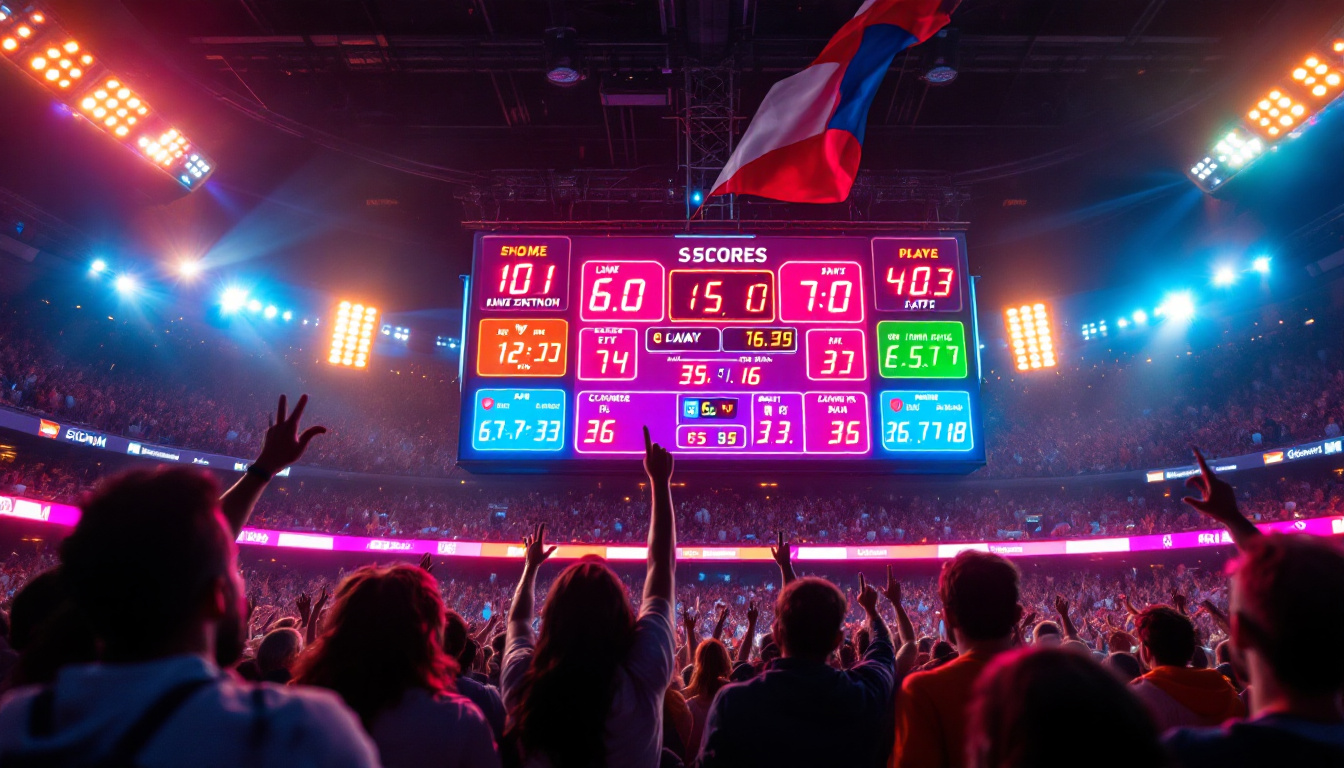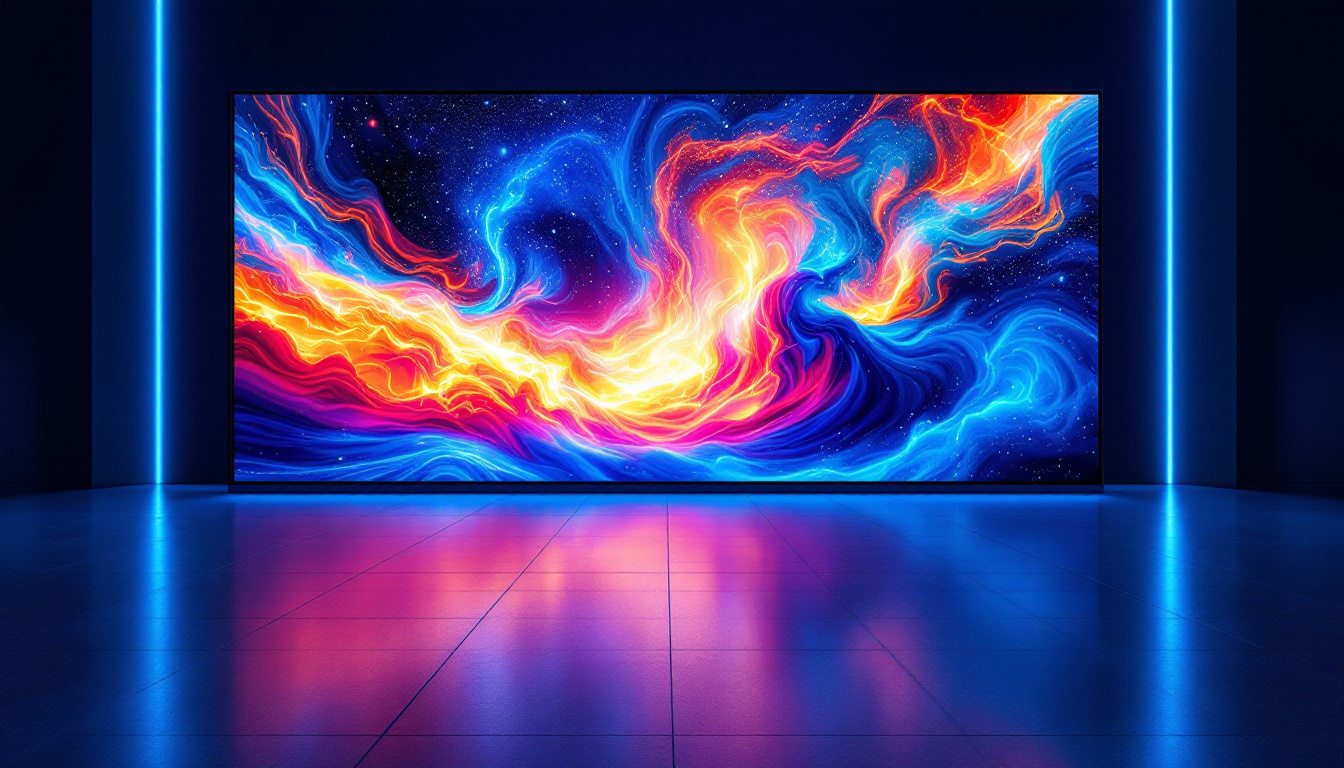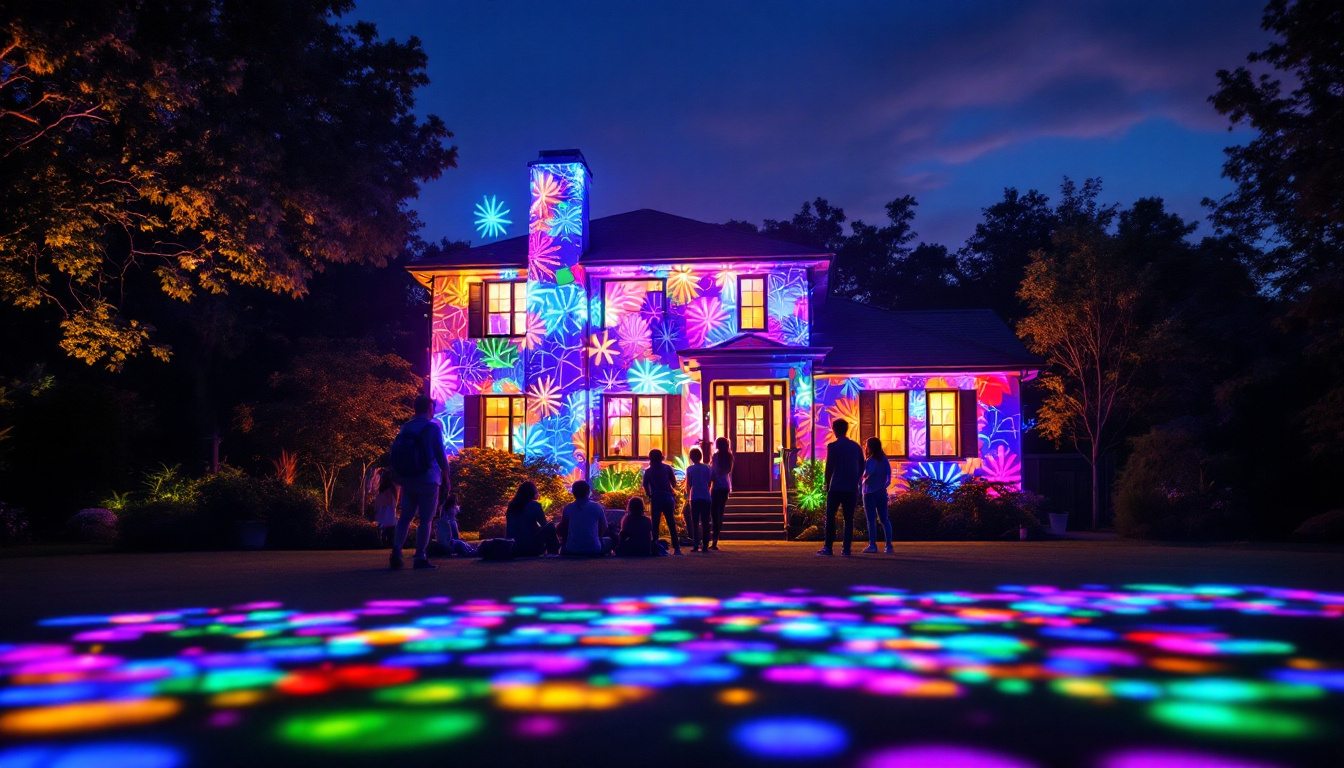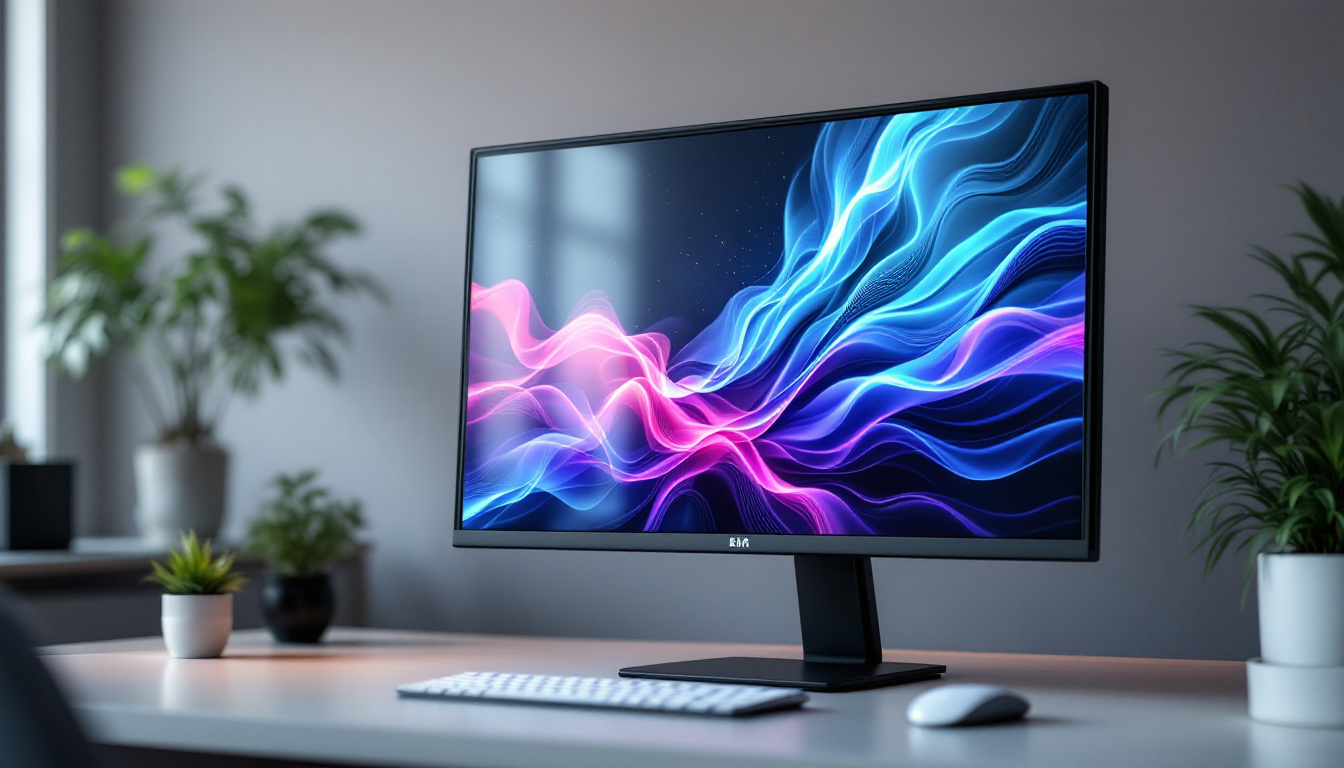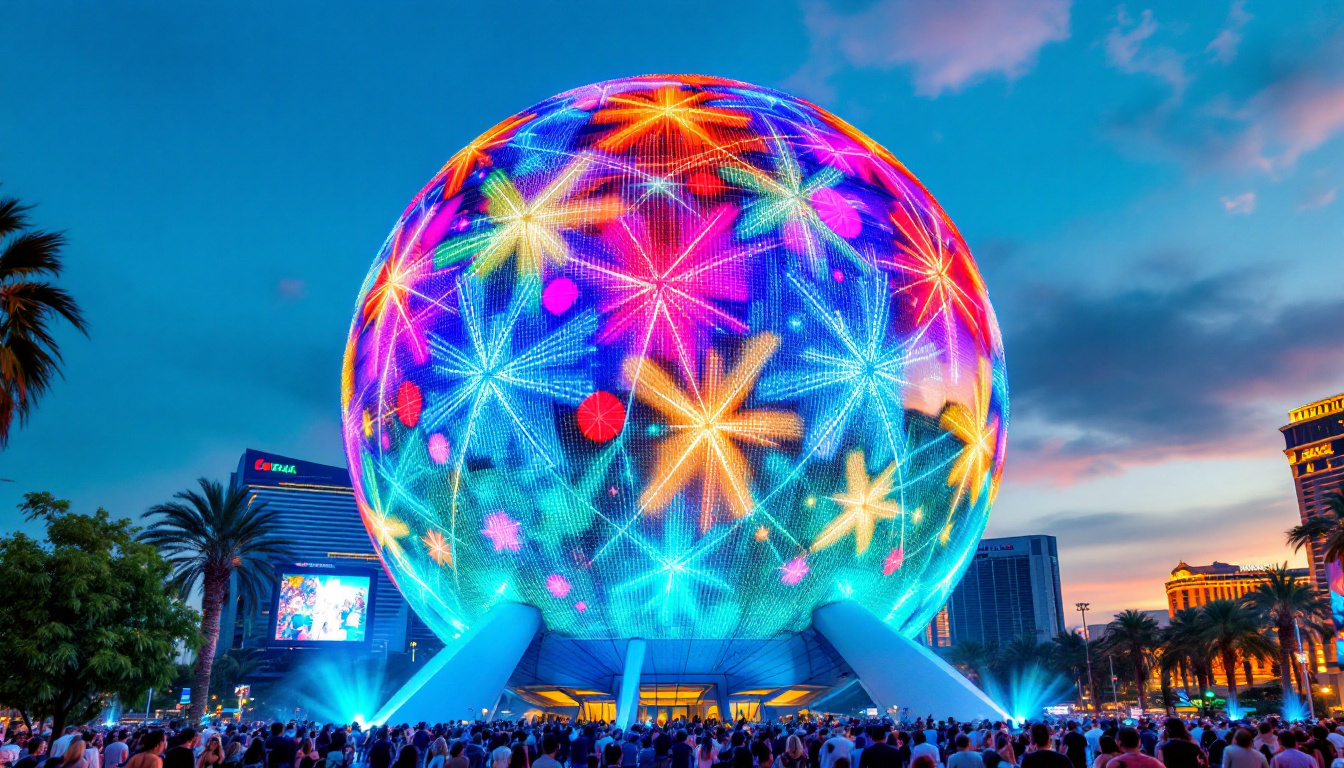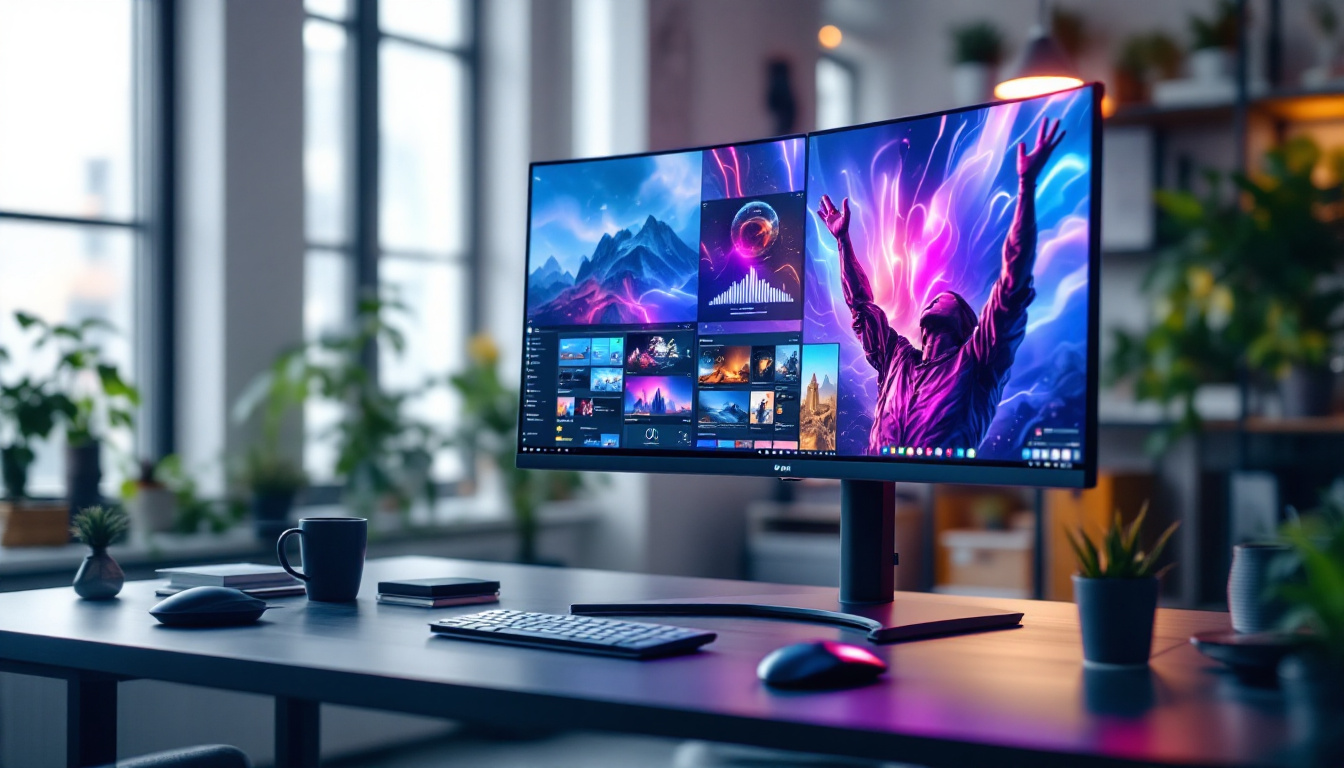In an era where digital screens dominate everything from smartphones to billboards, the quality and brightness of displays have become crucial factors in user experience and visual communication. Among the various display technologies, LED displays stand out for their brightness, energy efficiency, and versatility. This article delves into the science behind LED displays, explores how brightness is achieved and enhanced, and explains why brighter displays matter in both consumer electronics and commercial applications.
Understanding LED Display Technology
LED, or Light Emitting Diode, displays are a type of flat panel display that use light-emitting diodes as pixels to create images. Unlike traditional LCDs that rely on backlighting, LED displays use LEDs themselves to generate light, allowing for greater control over brightness and contrast.
The core component of an LED display is the diode, a semiconductor device that emits light when an electric current passes through it. These diodes can be arranged in various configurations, including:
- Direct-View LED Displays: Where each pixel is an individual LED or cluster of LEDs, commonly used in large outdoor screens and stadium displays.
- LED-Backlit LCD Displays: Where LEDs serve as the backlight source behind an LCD panel, prevalent in televisions, monitors, and smartphones.
Understanding the distinction between these types is essential because the methods for enhancing brightness differ depending on the technology.
How LEDs Produce Brightness
Brightness in LED displays is measured in nits (candelas per square meter). The higher the nit value, the brighter the display. LEDs produce brightness by converting electrical energy into photons through electroluminescence. The efficiency of this process depends on the materials used and the design of the diode.
Modern LEDs utilize advanced semiconductor materials such as gallium nitride (GaN) and indium gallium nitride (InGaN) to achieve high luminous efficacy. These materials allow LEDs to emit intense light with relatively low power consumption. Furthermore, the ability to manipulate the size and shape of the diodes enables manufacturers to create displays with varying pixel densities, catering to different applications from small handheld devices to massive billboard advertisements.
In addition to brightness, LED technology also offers impressive color accuracy and a wide color gamut. This is largely due to the combination of red, green, and blue (RGB) diodes, which can be mixed in various intensities to produce a broad spectrum of colors. The advancements in color calibration techniques have further enhanced the visual experience, making LED displays a popular choice in settings like art galleries, cinemas, and even in professional gaming environments where color fidelity is paramount. As technology continues to evolve, we can expect even more innovations in LED display technology, pushing the boundaries of what is visually possible.
Factors Influencing LED Display Brightness
Several technical and environmental factors affect how bright an LED display appears. Understanding these factors helps manufacturers optimize displays and consumers make informed choices.
LED Density and Pixel Pitch
Pixel pitch refers to the distance between the centers of two adjacent pixels. A smaller pixel pitch means more LEDs per unit area, resulting in higher resolution and potentially greater brightness uniformity. However, increasing LED density also raises production costs and power consumption.
For example, outdoor LED billboards often have pixel pitches ranging from 10mm to 20mm, balancing visibility from a distance with brightness needs. Indoor displays, viewed at closer range, require much finer pixel pitches, sometimes below 1mm, to ensure clear, bright images.
Power Supply and Current Regulation
The brightness of an LED is directly related to the current supplied. Higher current increases brightness but also generates more heat and can reduce the lifespan of the diode if not managed properly. Sophisticated power management systems regulate current to optimize brightness while protecting the LEDs.
Manufacturers often incorporate thermal sensors and intelligent drivers that adjust current in real-time to maintain consistent brightness and prevent overheating.
Optical Enhancements and Diffusers
Optical films, lenses, and diffusers play a crucial role in enhancing perceived brightness. By directing and spreading light more efficiently, these components reduce glare and hotspots, creating a more uniform and vibrant image.
For instance, micro-lens arrays can focus LED light in specific directions, increasing the effective brightness without increasing power consumption. This technique is especially valuable in outdoor displays where sunlight can wash out images.
Ambient Light Sensors and Adaptive Brightness
Modern LED displays often feature ambient light sensors that detect surrounding light levels and automatically adjust screen brightness. This adaptive brightness technology ensures optimal visibility in various lighting conditions while conserving energy.
For example, a smartphone screen will dim in a dark room to reduce eye strain and brighten outdoors to combat sunlight glare. Similarly, digital signage can increase brightness during the day and lower it at night to save power and extend component life.
Why Brighter LED Displays Matter
The importance of brightness in LED displays extends beyond mere aesthetics. Brightness impacts usability, safety, energy efficiency, and even marketing effectiveness.
Improved Visibility and Readability
High brightness levels ensure that content remains visible and legible in various environments. Outdoor LED displays, such as traffic signs, billboards, and stadium screens, must overcome ambient light from the sun and artificial sources. Without sufficient brightness, messages become washed out and ineffective.
In indoor environments, brightness affects how easily users can read text or view images, particularly in well-lit offices, retail stores, or public spaces. Displays with inadequate brightness can cause eye strain and reduce engagement.
Enhanced Color Accuracy and Contrast
Brightness is closely linked to contrast ratio—the difference between the darkest black and the brightest white a display can produce. Higher brightness levels enable better contrast, making colors appear more vivid and details sharper.
This is particularly important in professional settings such as medical imaging, graphic design, and video production, where accurate color representation is critical.
Energy Efficiency and Longevity
While it might seem that brighter displays consume more power, advances in LED technology have made it possible to achieve high brightness with remarkable energy efficiency. LEDs are inherently more efficient than traditional incandescent or fluorescent lighting, converting more electricity into visible light rather than heat.
Moreover, intelligent brightness control and thermal management extend the lifespan of LED displays, reducing maintenance costs and environmental impact.
Marketing and Advertising Impact
For businesses, brighter LED displays translate into more effective advertising. Studies show that digital signage with higher brightness levels attracts more attention and increases recall rates among viewers. A bright, dynamic display can differentiate a brand in crowded urban environments.
For example, Times Square in New York City is famous for its vibrant LED billboards, many of which exceed 5,000 nits in brightness to stand out amid competing lights and daylight.
Techniques to Make LED Displays Brighter
Manufacturers and users can employ various strategies to enhance the brightness of LED displays without compromising quality or longevity.
Using High-Brightness LEDs
One straightforward approach is to use LEDs specifically designed for high brightness. These LEDs have optimized semiconductor structures and packaging to emit more light per unit of current.
However, this approach requires careful thermal management to prevent overheating and premature failure. Heat sinks, cooling fans, and advanced materials help dissipate heat effectively.
Optimizing Display Design
Design improvements such as reducing pixel pitch, using reflective substrates, and incorporating optical films can boost brightness. Additionally, minimizing the distance between the LED and the display surface reduces light loss.
Manufacturers also experiment with multi-layer LED arrangements or quantum dot enhancements to increase light output and color purity.
Implementing Dynamic Brightness Control
Dynamic or adaptive brightness control adjusts the display’s luminance based on content and ambient conditions. For instance, darker scenes can be displayed with lower brightness to save energy, while bright scenes are enhanced for visibility.
This not only improves user experience but also prolongs the life of the display by reducing unnecessary stress on the LEDs.
Regular Maintenance and Calibration
Over time, LED displays can dim due to dust accumulation, aging components, or environmental factors. Regular cleaning, calibration, and firmware updates help maintain optimal brightness levels.
Calibration tools measure brightness and color accuracy, allowing technicians to adjust settings and compensate for any degradation.
Future Trends in LED Display Brightness
The LED display industry continues to innovate, pushing the boundaries of brightness and efficiency. Some emerging trends include:
MicroLED Technology
MicroLED displays use microscopic LEDs as individual pixels, offering unprecedented brightness, contrast, and energy efficiency. Unlike OLEDs, MicroLEDs are not prone to burn-in and can achieve brightness levels exceeding 10,000 nits.
Though currently expensive and challenging to manufacture at scale, MicroLEDs are poised to revolutionize displays in smartphones, TVs, and large-format screens.
Quantum Dot Enhancement
Quantum dots are nanocrystals that emit highly pure colors when excited by light. Integrating quantum dot layers with LED backlights enhances brightness and color gamut, producing more vibrant images.
Quantum dot technology is already used in premium LCD TVs and is expected to become more widespread as costs decrease.
Advanced Materials and Nanostructures
Research into new semiconductor materials and nanostructured surfaces aims to improve LED efficiency and brightness. Innovations such as perovskite LEDs and photonic crystals could lead to brighter, more durable displays with lower power consumption.
Conclusion
Brightness is a defining characteristic of LED displays that affects everything from usability and safety to marketing effectiveness and energy consumption. By understanding the underlying technology and factors influencing brightness, manufacturers can design better displays, and consumers can make informed choices.
As LED technology continues to evolve, the future promises displays that are not only brighter but also more energy-efficient, durable, and capable of delivering stunning visual experiences across all applications.
Illuminate Your Space with LumenMatrix
Ready to elevate your visual experience with unparalleled brightness and clarity? Discover LumenMatrix’s innovative LED display solutions, crafted for those who demand excellence in visual communication. From vibrant Indoor LED Walls to dynamic Outdoor Displays and beyond, LumenMatrix offers a spectrum of cutting-edge products designed to captivate and engage. Embrace the future of display technology and check out LumenMatrix LED Display Solutions today to transform your space and message into an unforgettable visual journey.



